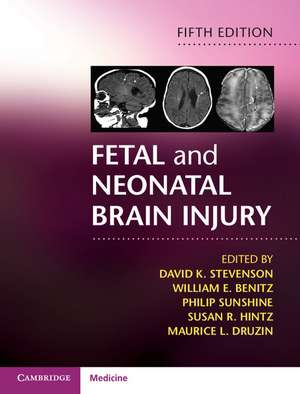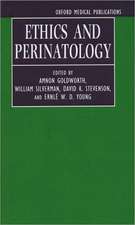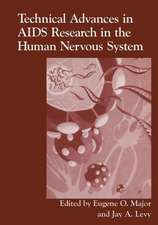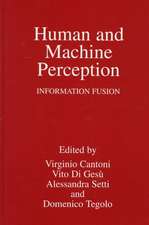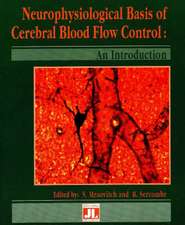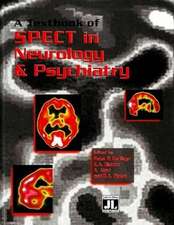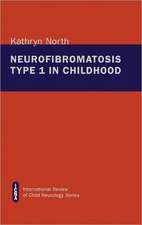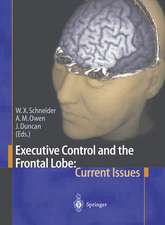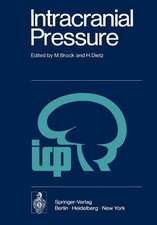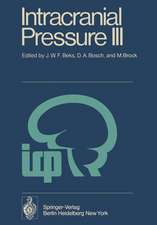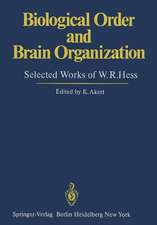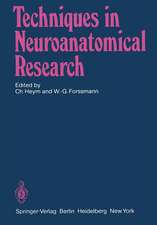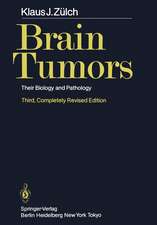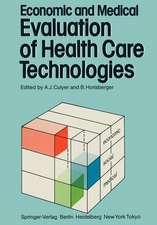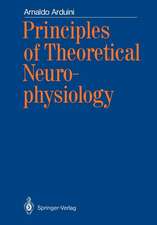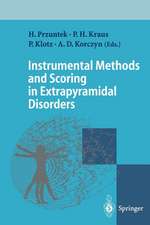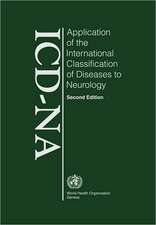Fetal and Neonatal Brain Injury: Neurologie pediatrică
Editat de David K. Stevenson, William E. Benitz, Philip Sunshine, Susan R. Hintz, Maurice L. Druzinen Limba Engleză Hardback – 20 dec 2017
Preț: 1948.97 lei
Preț vechi: 2051.54 lei
-5% Nou
372.93€ • 390.42$ • 308.58£
Carte tipărită la comandă
Livrare economică 05-19 aprilie
Specificații
ISBN-10: 1107110807
Pagini: 842
Ilustrații: 129 b/w illus. 36 colour illus. 117 tables
Dimensiuni: 193 x 253 x 40 mm
Greutate: 1.96 kg
Ediția:5Revizuită
Editura: Cambridge University Press
Colecția Cambridge University Press
Seria Neurologie pediatrică
Locul publicării:New York, United States
Cuprins
Part I. Epidemiology, Pathophysiology, and Pathogenesis of Fetal and Neonatal Brain Injury: 1. Neonatal encephalopathy: epidemiology and overview; 2. Neuronal cell death mechanisms relevant to humans: rethinking modeling neonatal hypoxic-ischemic encephalopathy; 3. Cellular and molecular biology of hypoxic-ischemic encephalopathy; 4. The pathogenesis of preterm brain injury; Part II. Pregnancy, Labor, and Delivery Complications Causing Brain Injury: 5. Prematurity and complications of labor and delivery; 6. Risks and complications of multiple gestation; 7. Intrauterine growth restriction; 8. Maternal diseases that affect fetal and neonatal neurodevelopment; 9. Obstetrical conditions and practices that affect the fetus and newborn; 10. Fetal and neonatal injury as a consequence of maternal substance abuse; 11. Hypertensive disorders of pregnancy; 12. Complications of labour and delivery; 13. Fetal responses to asphyxia; 14. Antepartum evaluation of fetal well-being; 15. Intrapartum evaluation of the fetus; Part III. Diagnosis of the Infant with Brain Injury: 16. Clinical manifestations of hypoxic-ischemic encephalopathy; 17. The use of EEG and aEEG in assessing the term and preterm brain; 18. Neuroimaging in the evaluation of pattern and timing of fetal and neonatal brain abnormalities; 19. Light-based assessment of the brain; 20. Placental pathology and the etiology of fetal and neonatal brain injury; 21. Timing perinatal hypoxic-ischemic brain injury; Part IV. Specific Conditions Associated with Fetal and Neonatal Brain Injury: 22. Congenital malformations of the brain; 23. Neurogenetic disorders of the brain; 24. Hemorrhagic lesions of the central nervous system; 25. Neonatal stroke; 26. Neurodevelopmental consequences of neonatal hypoglycemia; 27. Hyperbilirubinemia and kernicterus; 28. Polycythemia and fetal–maternal bleeding; 29. Hydrops fetalis; 30. Bacterial sepsis in the neonate; 31. Neonatal bacterial meningitis; 32. Neurological sequelae of congenital and perinatal infections; 33. Neurological complications of perinatal human immunodeficiency virus infection; 34. Inborn errors of metabolism and single gene disorders with features of neonatal encephalopathy; 35. Acidosis and alkalosis; 36. Persistent pulmonary hypertension of the newborn; 37. Pediatric cardiac surgery: relevance to fetal and neonatal brain injury; 38. Neonatal resuscitation: immediate management; 39. Improving performance, reducing error, and minimizing risk in the delivery room; 40. Extended management following resuscitation; 41. Endogenous and exogenous neuroprotective mechanisms after hypoxic-ischemic injury; 42. Neonatal seizures: evaluation, treatment, and prognosis; 43. Nutritional support of the asphyxiated infant; 44. Early outcomes after extremely preterm birth; 45. Cerebral palsy: advances in definition, classification, management and outcome; 46. Neurodevelopmental and neurobehavioral outcomes of prematurity: cognition, language, academic skills, and behavioral and emotional profiles; 47. Neurocognitive outcomes in term infants with neonatal encephalopathy; 48. Neonatal neuroethics; 49. Medicolegal issues in perinatal brain injury.
Descriere
Improvements in the detection of fetal and neonatal brain injuries, advances in our understanding of the pathophysiology, cellular and molecular bases of encephalopathy, and new treatment options have all combined to produce significant changes in the management of neonatal brain disorders in the past few years. This new edition of Fetal and Neonatal Brain Injury brings the reader fully up to date with all advances in clinical management and outcome assessment. Updated material includes inflammation focusing in particular on chorioamnionitis and fetal brain injury; genetic brain injury; and expanded sections on cholestasis, diabetes, and thyroid disease. An updated, highly illustrated chapter on structural and functional imaging of the fetal and neonatal brain is also included. An outstanding international team of highly experienced neonatologists and maternal-fetal medicine clinicians have produced a practical, authoritative clinical text that gives clear management advice to all clinicians involved in the treatment of these patients.
